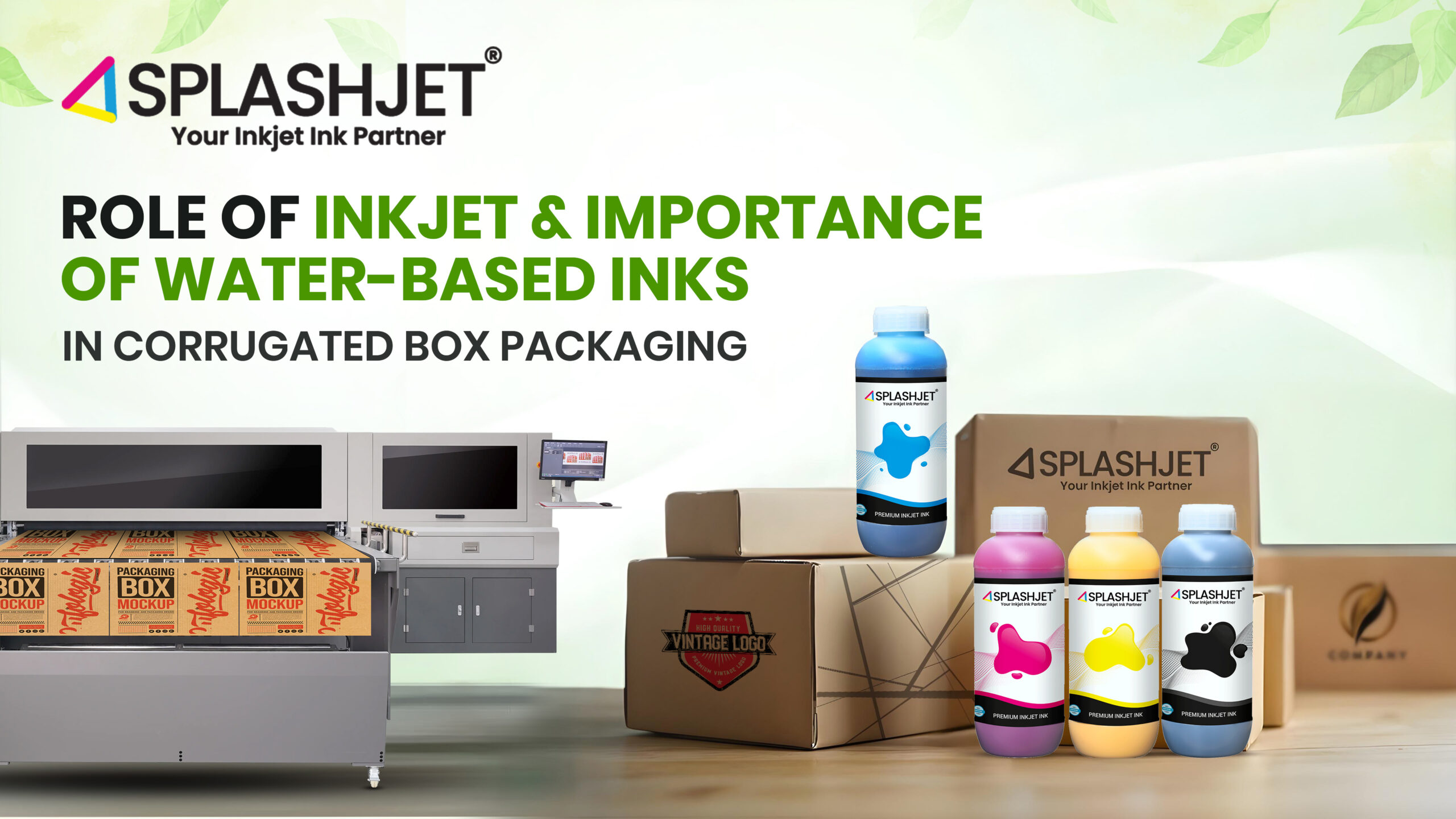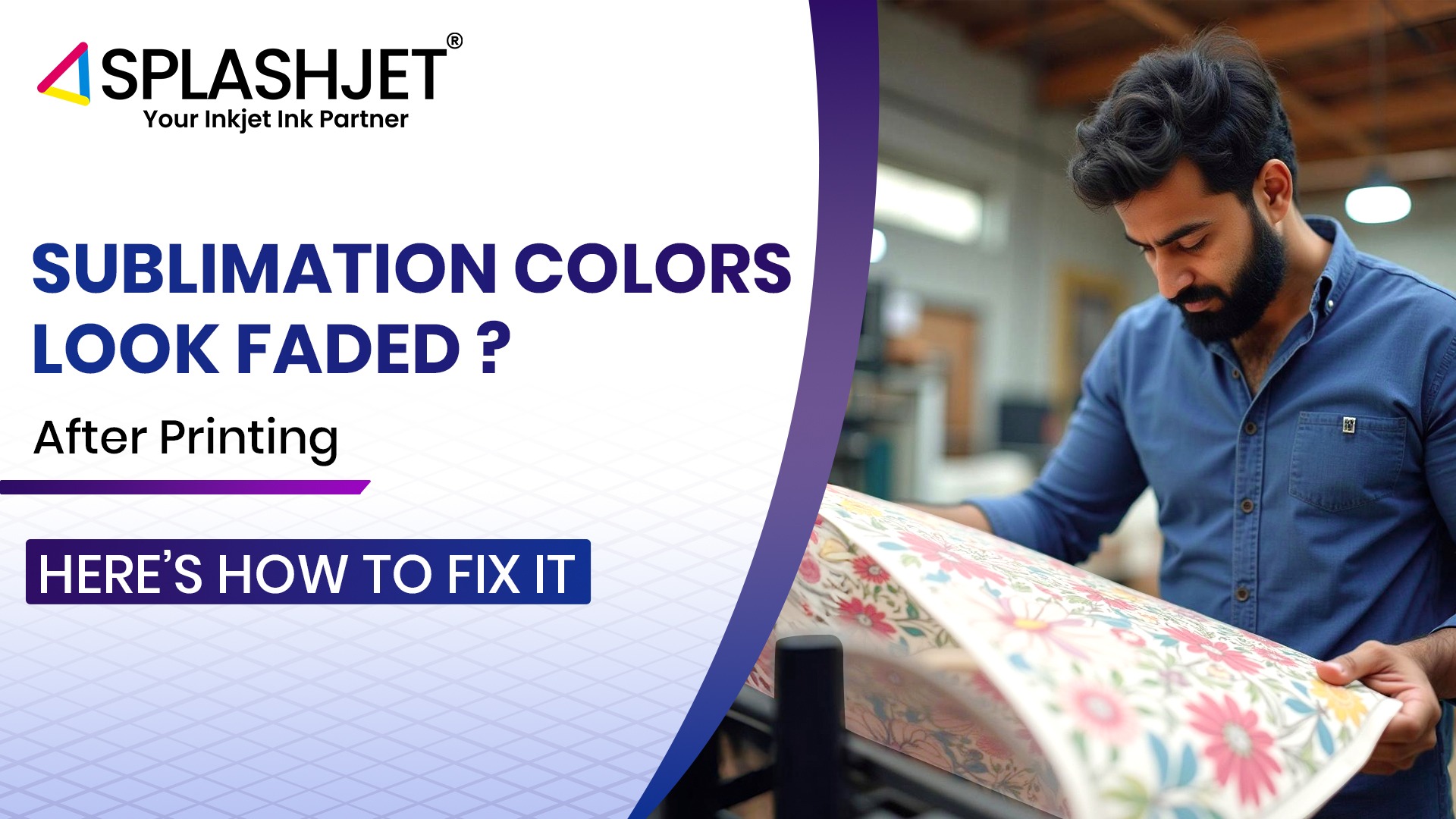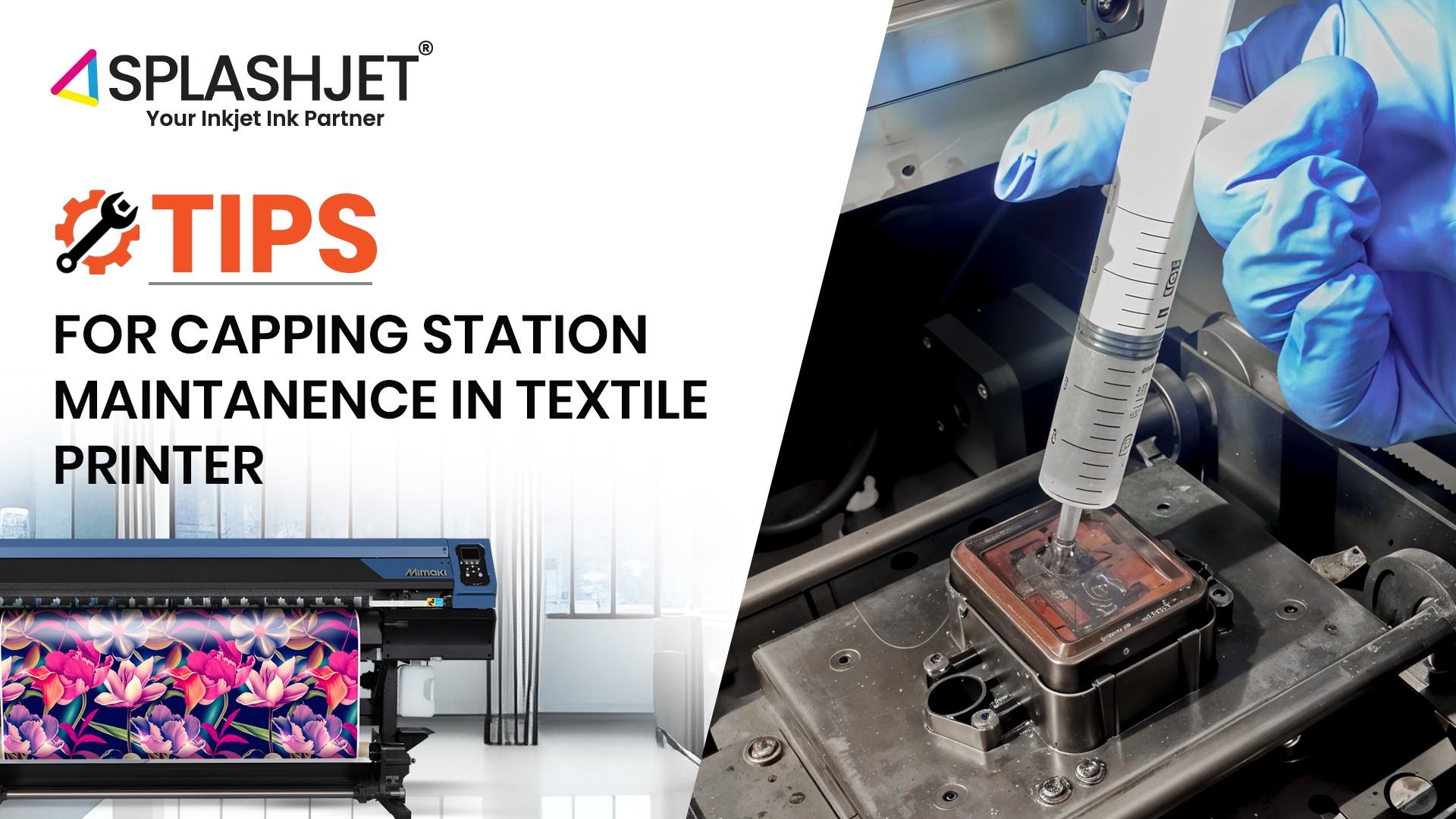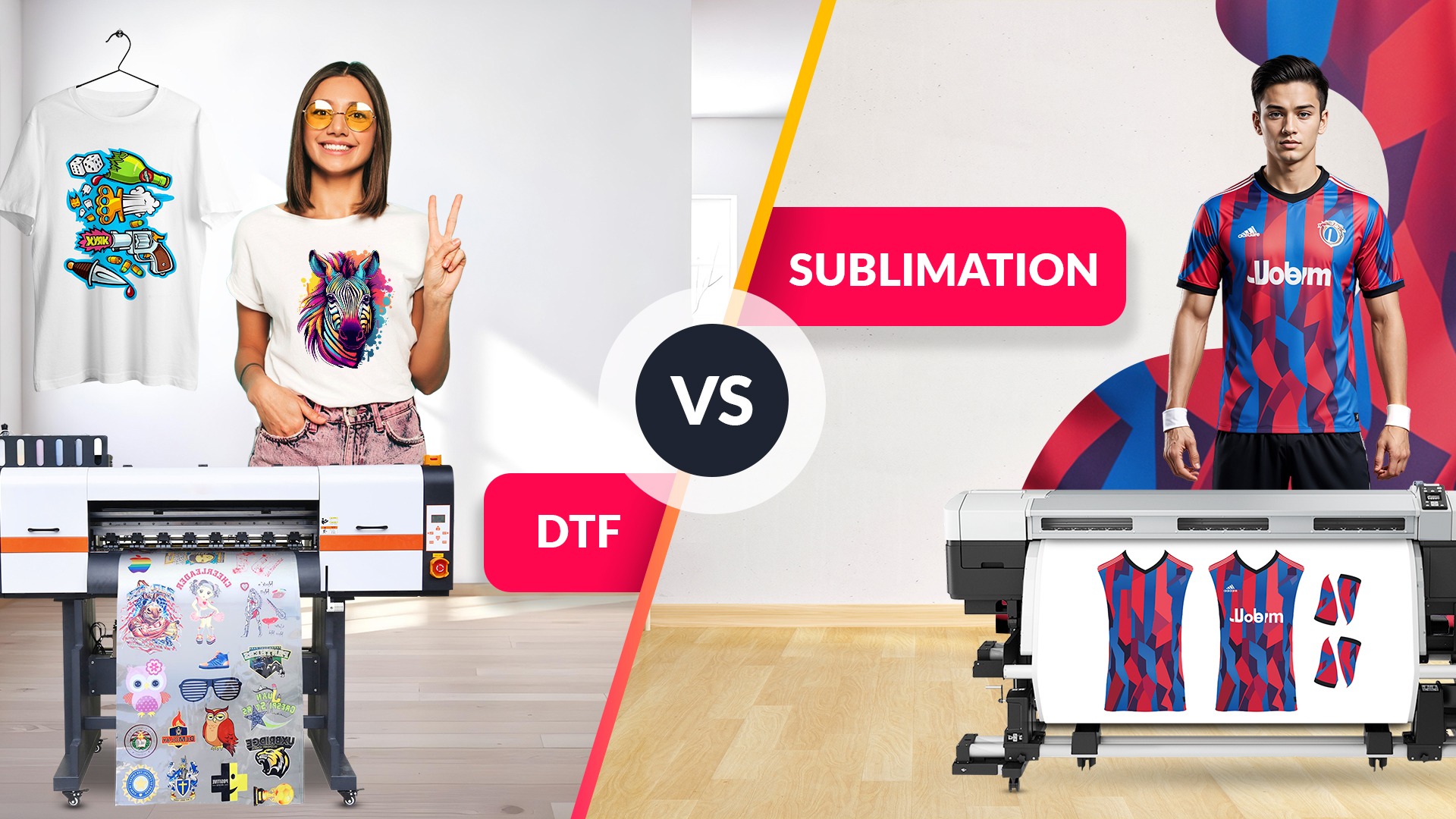
In today’s digital age, print media remains an essential tool for communication, education, and creative expression. Where inkjet printers are helping us to produce high-quality prints with a wide range of paper options for different needs and preferences. Let’s dive in to learn more about the types of inkjet printing papers and their applications.
Photo Paper
There are a variety of photopapers available depending on your printing needs. They are as follows:
1. Pearl and luster Paper
Pearl and Lustre Paper offer a balance between the shine of glossy and the subtle texture of matte. The colors that appear on these papers are vivid with a softer, more natural look. These papers are ideal for portraits, landscapes, everyday photos, and documents with images. It can show fingerprints if touched multiple times with bare hands and might not be as durable as other options.
2. Glossy
Glossy papers are one of the most widely used papers for photo printing to achieve vibrant and high-contrast photos. The glossy coating brings out the richness of colors and creates a mirror-like finish. Glossy papers are ideal for professional photo prints, portfolio pieces, greeting cards, and invitations. However, these may be prone to fingerprints and smudging, thus not the best choice for text-heavy document printing.
3. Matt or Matte
Matte paper has a smooth, non-glare finish that emphasizes details and textures with muted colors. This makes them ideal for fine art prints, black-and-white photos, artistic projects, and documents with high-quality text and graphics. Avoid ink-smudging with careful handling.
4. Satin
Satin photo paper strikes a perfect balance between the vibrant shine of glossy and the subtle texture of matte that helps to avoid reflection on the paper. This makes it offer a soft, pearl-like finish that elevates your photos without being too reflective.
With Satin paper, you can achieve rich and natural color prints with a hint of depth and dimension. Which makes them ideal for portraits, landscapes, artistic projects like photo collages, greeting cards, and documents including images such as reports, presentations, or portfolios.
Photographic Paper
Photopapers and photographic papers are almost similar in characteristics. As we mentioned above four types of photopapers, photographic paper has additional two types.
They are as follows:
1. Baryta Photo Paper:
Baryta paper features a special coating that mimics the look and feel of traditional silver halide prints. It has a subtle sheen, rich blacks, and a warm, analog tone. These papers are ideal for Black and white photography, portraits with classic style, and any image where you want a nostalgic, film-like look. Make sure that you don’t use them for high-contrast images as they are highly sensitive to to fingerprints and scratches.
2. Metallic Photo Paper:
Metallic photo paper adds a touch of shimmer and glamour to your photos. It’s perfect for creating eye-catching prints that stand out from the crowd. These papers are ideal for fashion photography, product shots, abstract images, and any image where you want a unique, reflective effect. Here, colors can appear slightly shifted towards the metallic tone and might not be the best choice for images with a lot of fine detail.
Vinyl
It is often associated with colorful stickers and catchy slogans plastered on car windows. Vinyl offers a unique combination of durability, versatility, and customization that make your message stand out. They are ideal for outdoor signage, banners, vehicle wraps, murals, temporary tattoos for a truly unforgettable campaign, and custom product labels. Vinyl designs can withstand rain, snow, or harsh sunlight.
Bond Paper
Bond papers are suitable for a wide range of printing needs, from text-heavy documents to colorful graphics. They can withstand wear and tear and provide clean lines and crisp colors along with sharp text. This makes them ideal for posters, brochures, and presentations. The biggest advantage of bond paper is that they are made from recycled materials which makes them environmentally friendly.
Canvas
In the world of print media, canvas stands as a unique and versatile option, offering a textured surface that adds depth and dimension to inkjet prints. Canvas prints allow viewers to touch and feel the artwork which enables an engaging experience. Canvas is ideal for fine art prints including fine art photography, paintings, digital illustrations. It can use interior decor, marketing materials like eye-catching signage, product displays, and promotional items.
Fine Art Paper
Fine art papers are made with premium materials like cotton rag, which makes them a bit expensive. Such papers are ideal for limited edition prints, art portfolios, photography exhibitions, and museum-quality reproductions of creative masterpieces like art or paintings.
Silk-Coated Paper
Silk-coated paper is a type of inkjet printing papers that offers a balance between the glossy shine of traditional photo paper and the subtle texture of matte paper. It has a smooth, pearlescent finish that imparts a touch of elegance and sophistication to inkjet prints. They are ideal for portraits, landscapes, and artistic projects like photo collages, greeting cards, and documents with Images that require high-quality text with vibrant visuals for reports, presentations, or portfolios.
Uncoated Paper
The uncoated paper stands as a classic and versatile option, offering a natural, textured surface that imparts a touch of authenticity and craftsmanship to inkjet prints. Uncoated paper retains a subtle matte finish which preserves the grain and texture of the paper fibers. The application involves fine art prints, documentary photography, vintage-style designs, nostalgic posters, invitations, or packaging with a touch of retro charm, high-quality documents, reports, or presentations with a natural aesthetic.
Heavyweight Paper
These papers are characterized based on the paperweight to determine their thickness. Usually, they are thick and sturdy which makes them ideal for printing on cardstock, business cards, or business booklets.
Sublimation Paper
Sublimation paper is a specially coated paper designed to transfer sublimation inks onto polyester or polyblend fabrics, ceramics, and other sublimation substrates using particular heat transfer settings. Its coating allows the sublimation ink to transform from a solid to a gaseous state without becoming liquid, ensuring vibrant colors and permanent transfer.
Conclusion:
In this blog, we’ve learned about the characteristics, advantages, and applications of various inkjet paper types, ranging from glossy photo paper to fine art paper. We hope this article will give you a better understanding of inkjet printing papers.
References:
https://www.rolanddg.eu/en-in/blog/2022/09/22/print-media-guide
https://www.bbpress.co.uk/news/the-ultimate-guide-to-the-different-types-of-paper-for-printing



